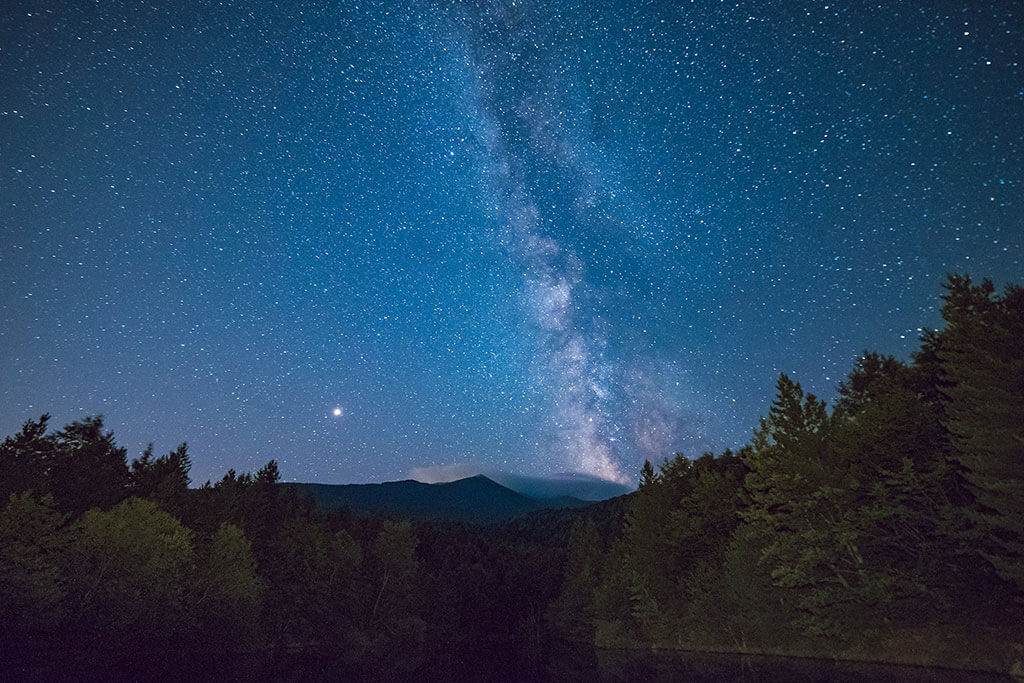
1
February
UofT AstroTour: Magnetars: Nature at its extremes
Magnetars are some of the most extreme objects in the known universe. Though small in size, they possess the strongest magnetic fields in the universe and are the densest objects known. In this talk, we’ll go over the incredible behaviour seen in these rare objects — from tiny explosions to outshining the rest of the X-ray sky combined.

1
February
RCIS Lecture: The Spinning Magnet
With Alanna Mitchell, acclaimed science journalist, author and contributor to CBC Radio’s Quirks & Quarks.

27
January
RASC 150 Years: National Star Party
Watch the recorded video: https://youtu.be/uN7IKkRwBK0

27
January
Solar Observing (NO GO)
Join us at the Ontario Science Centre for our monthly Solar Observing on the TELUSCAPE observing pad. This is the area in front of the Science Centre's entrance. We use specialized telescopes that are safe to aim at the Sun. Check our home page on the Friday prior for go/no-go calls as this event is weather dependent.

26
January
UofT Planetarium: Our Musical Universe (SOLD OUT)
What is the sound of a twinkling star? Can planets keep a beat? How loud was the big bang?

24
January
Recreational Astronomy Night
Watch the recorded video: https://youtu.be/J_rarFMM17Y

24
January
ASX Star Talk: Computer Vision on Mars
Modern computer vision technologies have been key to improving our understanding of the Red Planet over the past 15 years. Vision systems are deployed on-orbit (e.g., the HiRISE camera on the Mars Reconnaissance Orbiter), on the surface (e.g., the vision sensors on the rovers Spirit, Opportunity, and Curiosity), and have also been used for safe entry, descent, and landing of recent robotic platforms reaching the surface.

22
January
City Star Party (NO GO)
Hover above the moon like an astronaut and get eye-to-eye with the planets. Find colourful stars, star clusters, bright nebulae and even another galaxy. Our monthly City Star Party is the place to catch universe from within the city limits at Bayview Village Park. If you don't have a telescope then you will find many astronomers who would love to share a view. If you are thinking of buying a telescope, viewing with other people's equipment is the best way to make a good choice. If you have a telescope or binoculars, please bring it!

19
January
UofT Planetarium: The Life and Death of Stars (SOLD OUT)
Showtimes: 7:00pm, 8:10pm, 9:15pm
The stars in the night sky seem unchanging and eternal, and have remained the same for the history of human civilization. However, over millions and billions of years, new stars are born, live out their long lives, and eventually die in a blaze of glory. In this show, we will be exploring the lives of stars by visiting stellar nurseries, supernova remnants and much more!

17
January
The Story Collider: Coming of Age
The Story Collider is returning to Toronto for another night of true, personal stories about science! This January, we'll present five stories about coming of age in science.
Hosted by Vanessa Vakharia and Anthony Morgan.
Doors open at 6:30 pm. Show begins at 7 pm.
Stories by:

15
January
Dark Sky Star Party (NO GO)
See the milky way and galaxies with the unaided eye. Point your telescope to find the many dim deep space objects that sprinkle the sky. Away from Toronto's light polution, there is so much to see. We observe from the Long Sault Conservation area, an hour outside of Toronto. We meet around dusk once a month in the parking lot for views only seen in dark sky conditions. We hold this event on the first clear night of our week-long window, so the date and time are determined closer to.

13
January
Solar System Social #7
Solar System Social is a space-themed speaker series that brings exciting ideas and research from the field of planetary science to the general public in the form of short, informative, and interesting talks that last about 20 minutes each.
